Reimagining urban nodes in Dhaka
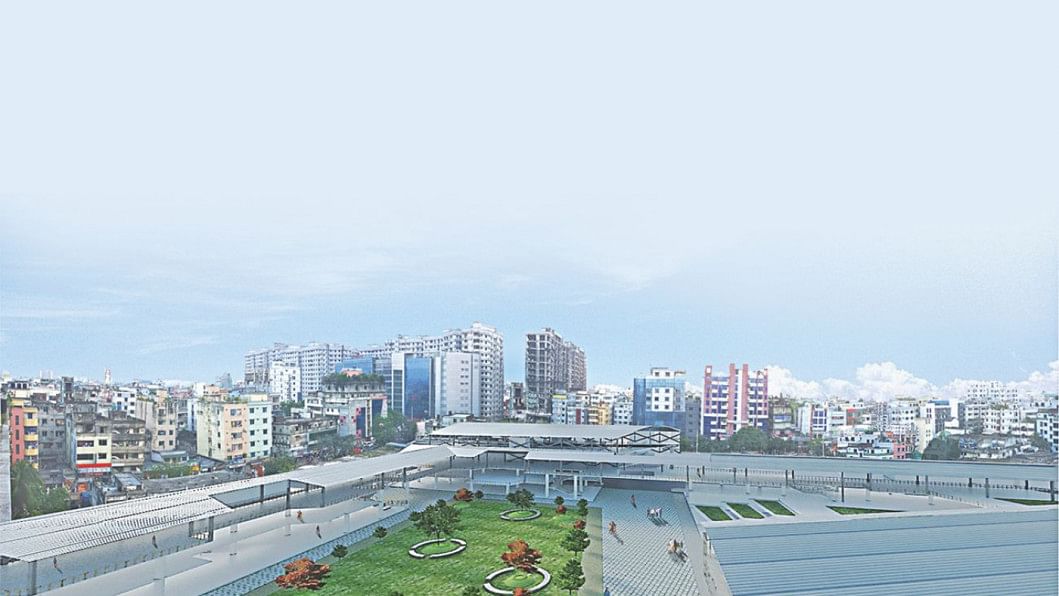
Dhaka is an intense city. If you find yourself in Gulistan or Farmgate, you understand what urban intensity is. These are examples of extreme urban nodes.
What is an urban node? It can be a site of public interaction or an intersection of various urban activities, such as pedestrian and vehicular movements, retail activities, vending, sidewalk marketing, political demonstrations, outdoor performances, and public gathering. Examples of oft-cited urban nodes, among others, include: Las Ramblas in Barcelona, Trafalgar Square in London, and Times Square in New York. Urban nodes can make a city socially vibrant and create what the American urban planner Kevin Lynch has called “imageability”, the city dweller's mental ability to map the various patterns and spaces of the city. Imageability is the sign of a good city.
Dhaka's imageability is rather low. Extremely fast-paced urbanisation and population surge in Dhaka have radically changed the urban character of the city, often at the expense of different urban nodes that traditionally helped city inhabitants orient themselves and navigate the city. Today, such urban nodes as Bahadur Shah Park, Farmgate, Mohakhali Mor, or New Market are places of vehicular congestion, chaos, noise pollution, and even neurosis.
In this context, we challenged the fourth year students of architecture at BRAC University to rethink the urban node as a welcoming public place that could serve multiple urban functions and inspire a broader urban environment of imageability. The nodal space would foster social awareness of public places and their socio-historical significance, while providing uninterrupted circulatory spaces, transportation facilities, pedestrian promenades, retail activities, performance spaces, etc.
Students were asked to thoroughly study an urban node in Dhaka city as a context for preparing alternative ways of converting it into a multilayered public place. In the survey phase, students were expected to document current spatial usage, building footprints, street furniture, surrounding urban fabric, vehicular circulation, pedestrian movement, retail activities, and interface with the broader city. In the next phase, students were assigned the task of studying a number of case studies and then redesign the given urban node as a public space that would facilitate a host of urban functions. This was an evidence- and research-based and process-driven urban design exercise.
The following are the nine urban nodes that the BRAC University Architecture students studied and proposed alternative urban solutions for them: (1) Bahadur Shah Park, (2) Gol Talab in Old Dhaka, (3) Bangla Academy area, (4) New Market, (5) Shahbagh, (6) Mohammadpur Krishi Market, (7) Fargmate, (8) Mohakhali Mor, and (9) Gulshan Circle-2.
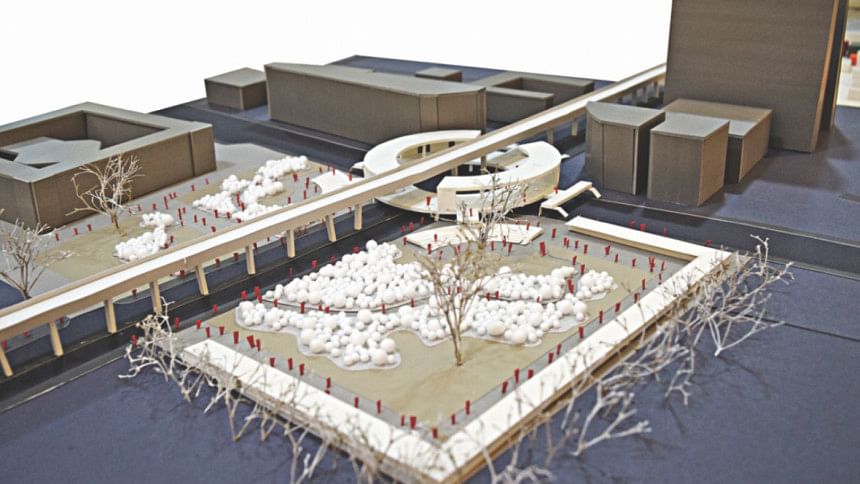
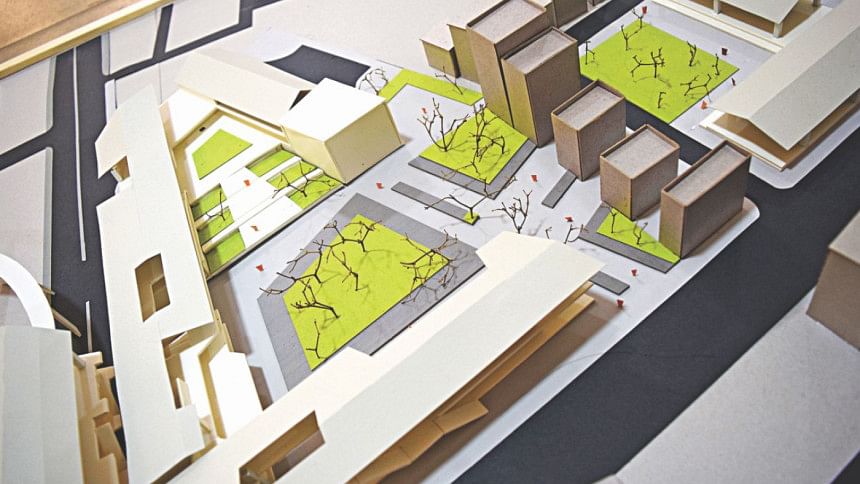
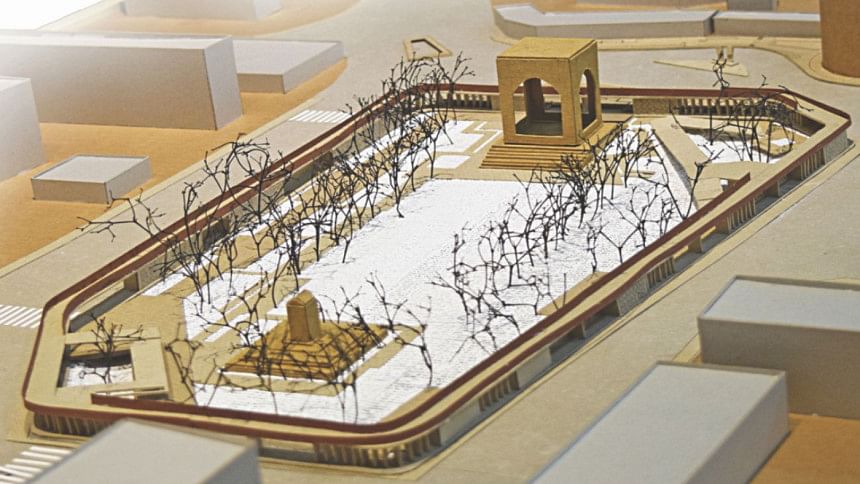
The goals for each project varied, depending on the history and urban conditions of each urban node. For example, Bahadur Shah Park and New Market presented two very different sets of urban challenges. While the former was entwined with histories of colonial atrocities, the latter emerged as one of the first urban malls in the country. Therefore, urban solutions for these two nodes were radically different.
Yet, there was one common theme—how to celebrate the primacy of pedestrians and public places that would foster a culture of community building. Some nodes, such as Farmgate and Mohakhali Mor, warranted 21st-century urban transportation solutions, while providing spaces for pedestrians and formal/informal retail activities. The goal for Gol Talab, an oval-shaped pond in Islampur near Ahsan Manzil at the heart of Old Dhaka's wholesale clothing business, was how to convert this urban pond into the centerpiece of a pedestrianised zone.
The students who were assigned the Bangla Academy area, the epicentre of the country's glorious language movement, and Shahbagh, endeavoured to transform the “negative space” under the proposed MRT Line 6 into dynamic pedestrian and activity corridors that connected surrounding areas. Mohammadpur Krishi Market needed new imaginations of kacha bazar as a public place with the ambiance of an urban park, while Gulshan Circile-2 demanded a vertical stratification of pedestrian and vehicular movements, facilitated by a network of green spaces as sites of outdoor activities.
In the end, the student projects reminded us that small-scale, targeted, and tactical urban interventions might be the first step toward a lasting solution to Dhaka's myriad urban problems. Perhaps, this is the only way. Most importantly, it is vital that we remain hopeful. We should also reimagine the classroom as a critical forum for real-life problem-solving.
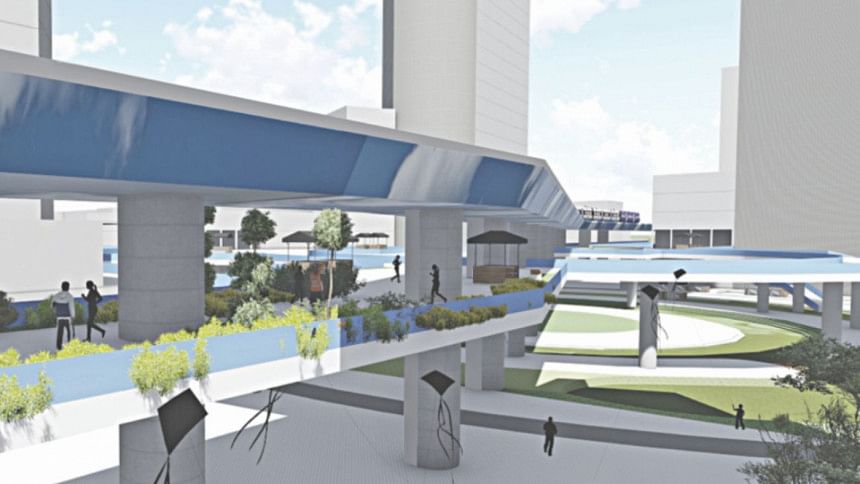
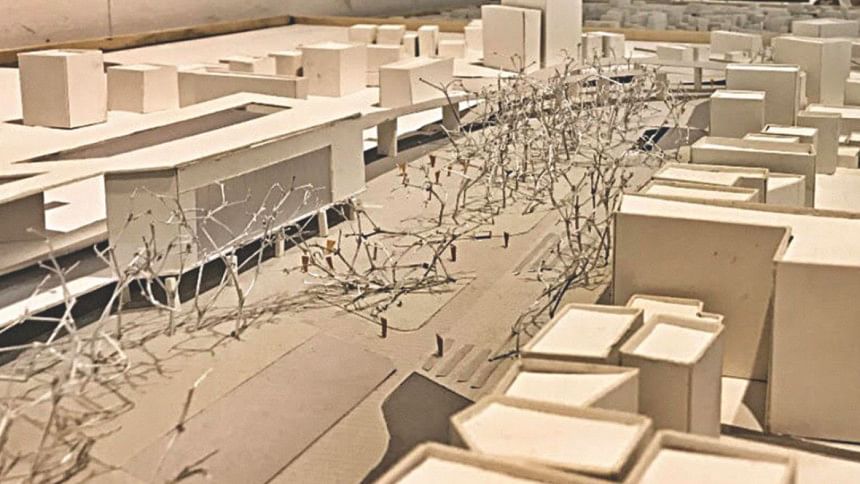
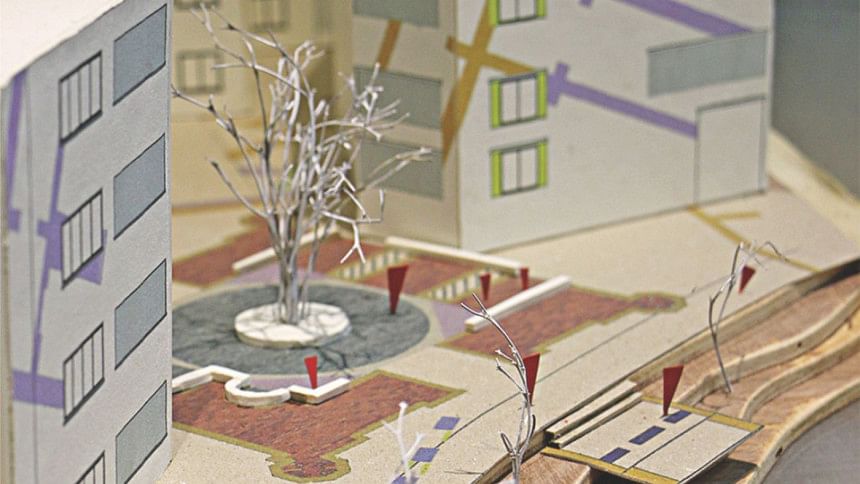
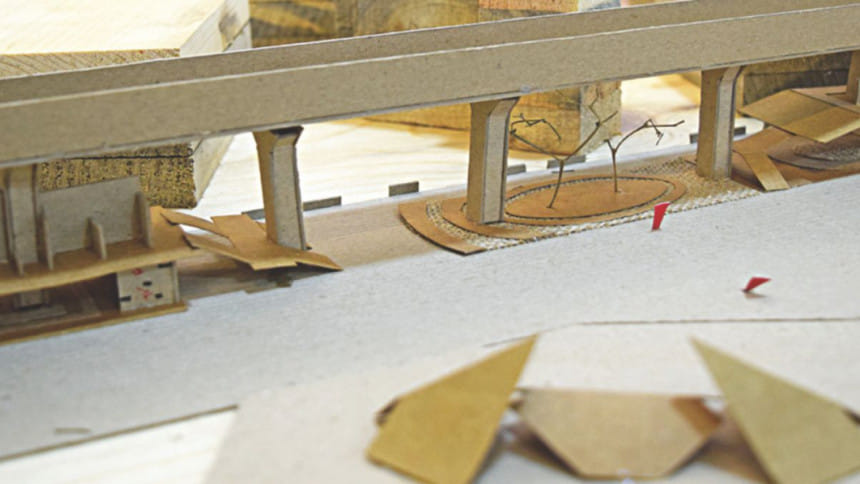

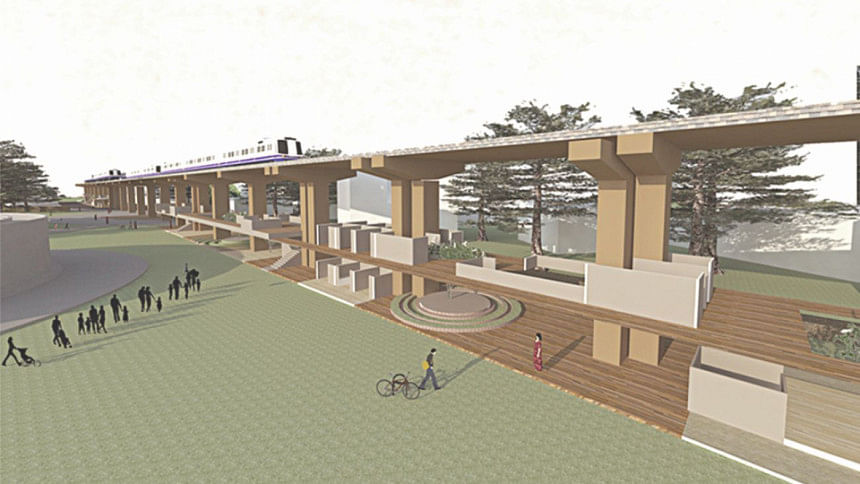
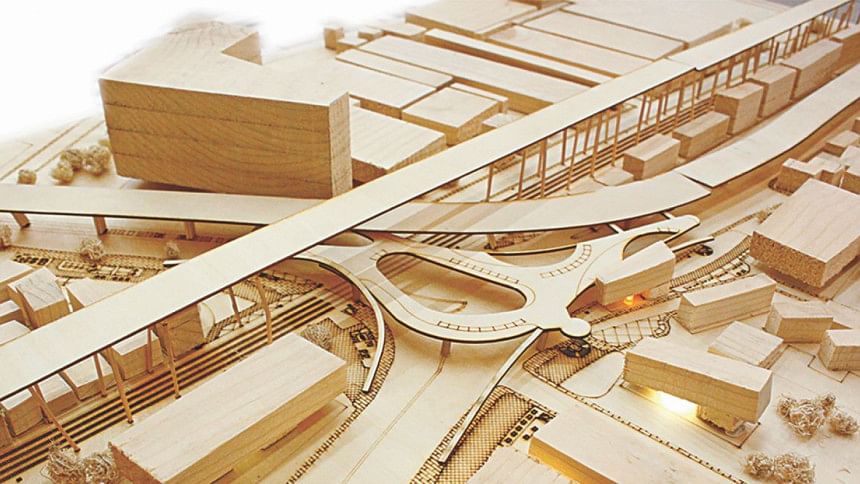
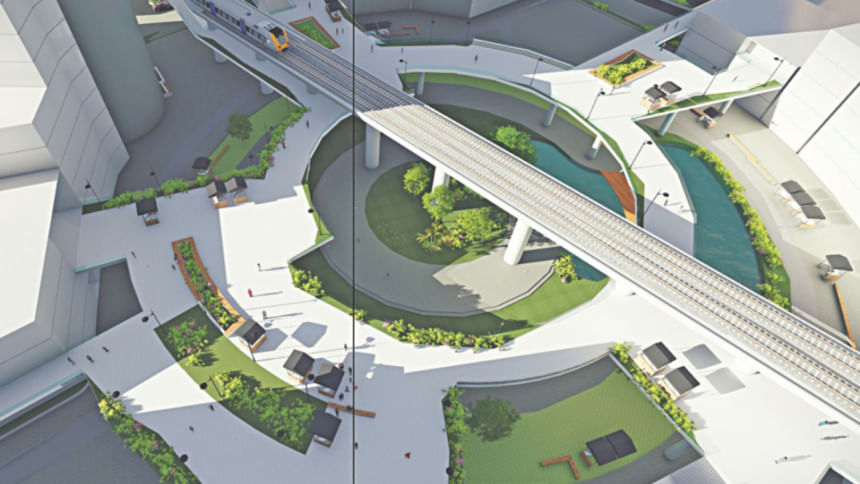
Adnan Morshed is an architect, architectural historian, and urbanist, and currently serving as Chairperson of the Department of Architecture at BRAC University. He is the author of Impossible Heights: Skyscrapers, Flight, and the Master Builder (2015) and Oculus: A Decade of Insights in Bangladeshi Affairs (2012), and DAC/Dhaka in 25 Buildings (2017). He can be reached at [email protected].
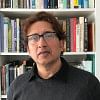




Comments